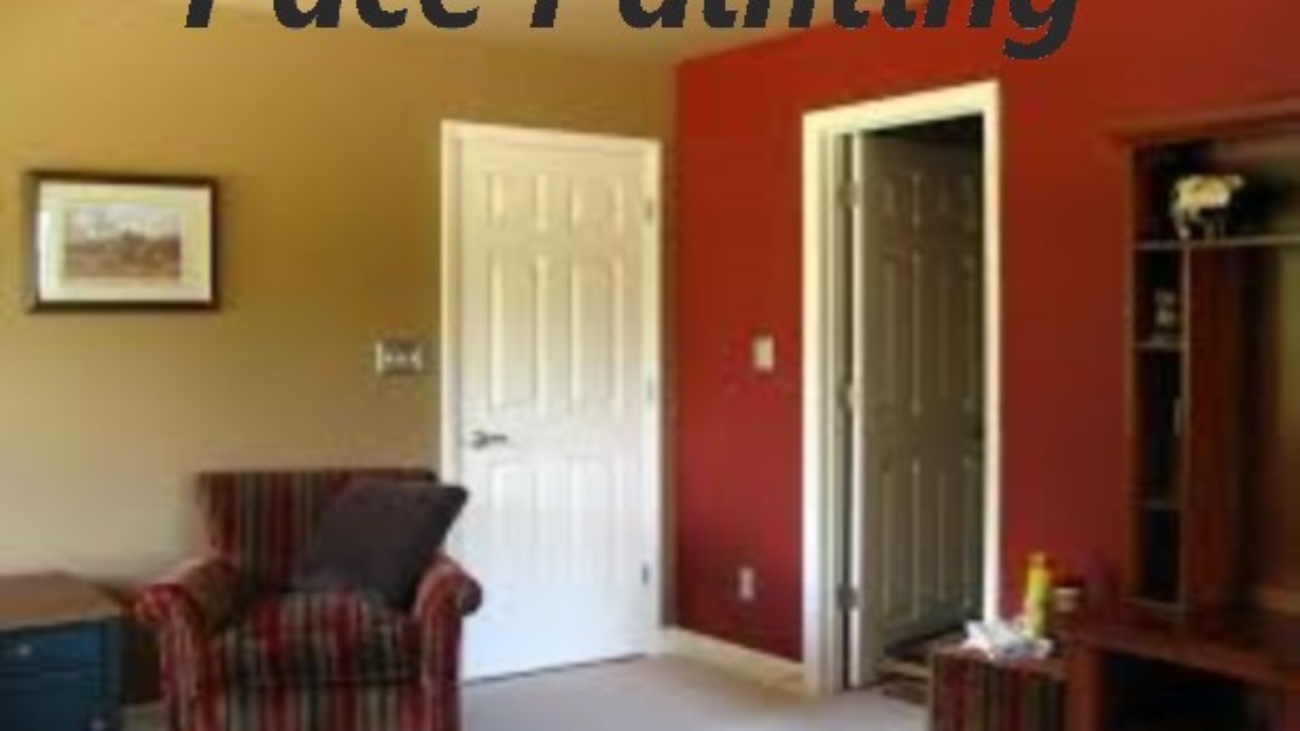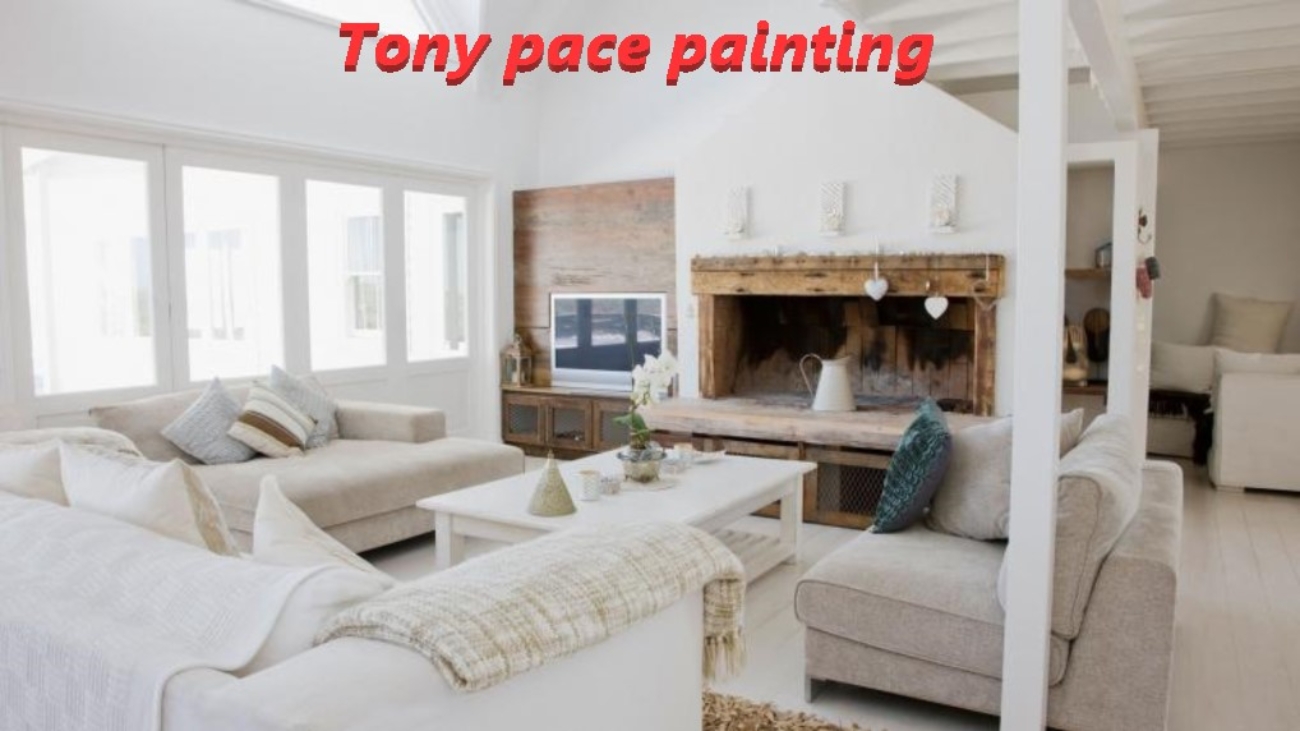Colour plays an essential role in the design of just about each and every living space hence we need to be quite imaginative especially when combining to colours so that to freshen up the atmosphere of our home in London. It is usually wisest to choose two colours that harmonise with each other so that to bring in harmony and peace in your flat or house in London. Say, you can choose yellow for the walls and white for the ceiling, or blue for the walls and some lighter blue for the ceiling; it is safest to assume that whatever colour you choose for the walls you can go with its lighter version for the ceiling or white comes in handy any time – for the ceiling that is.
Still, harmonising the colours is playing on the safe side; in case you want your room in London to be vibrant and energetic go for some complementary colours or even split complementary ones. In general, complementary colours provide striking visial differences. For example, if you choose violet for the walls then the ceiling could be painted in yellow; or you can go for softer contarst by choosing some of the split complementary colours – for violet this could be burnt orange or olive. These could be colours either for the walls and the wood molding or for the upper and lower segment of a given wall in the room.
Additionally, if you are not inclined to exposing that much contrast you can also opt for the triad colour scheme, for instance, the triad colour for violet would be green and orange. What’s more, if choosing colours for the master bedroom in your home in London, you can opt for soft lavender for the walls and oaky tan for the doors, trim and molding. Why not even combine the colour of the duvet or quilt with the colours of the room, you can also choose a duvet in oaky tan for such a bedroom – this would be the ideal finishing touch to such an imaginative masterpiece.
Analogous colours are mainly a variation of the main colour thus if the main colour for the walls is violet the analogous colours for the second paint would be purple or blue for the molding, the segments, for the doors, trim or the duvet in the room. Another suggestion is yellow as a main colour and orange or tan as secondary or analogous colour. Such a colour scheme is perfect for the kitchen or the living room as it would make the atmosphere truly sunny and warm. A wise application of analogous color paints involves painting 3- to 4-inch-wide vertical stripes of alternating colors, but it is also quite energising in areas with chair rails where the darker colour is situated right below the apparent horizon and the lighter colour is above.
Finally, remember that warm colours like red, yellow and orange brighten up any room and your mood as well; while cool colours like blue, violet and green are more peaceful and calm you down. Thus the latter are prefered in lighter hues for bedrooms and children’s rooms.


